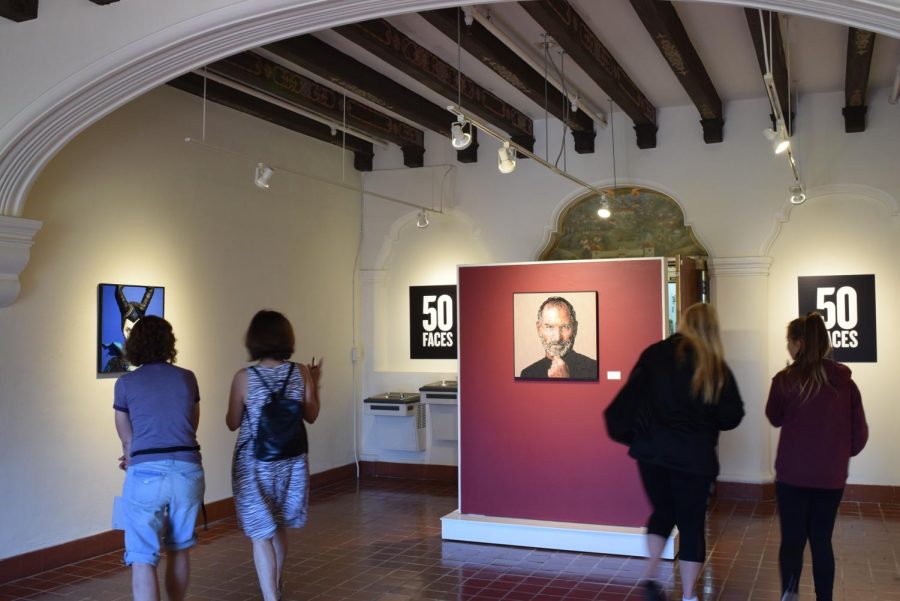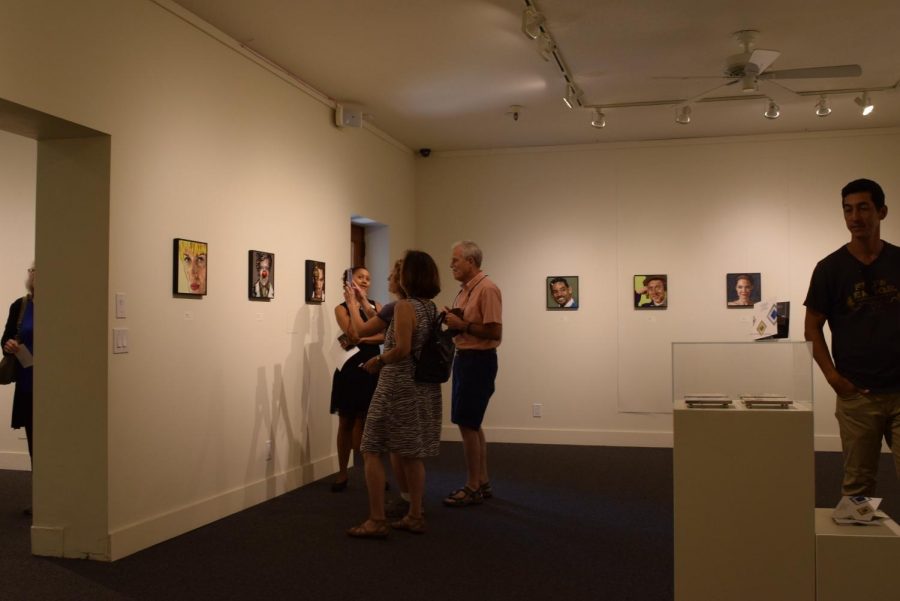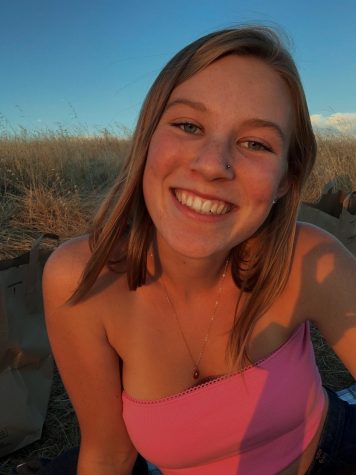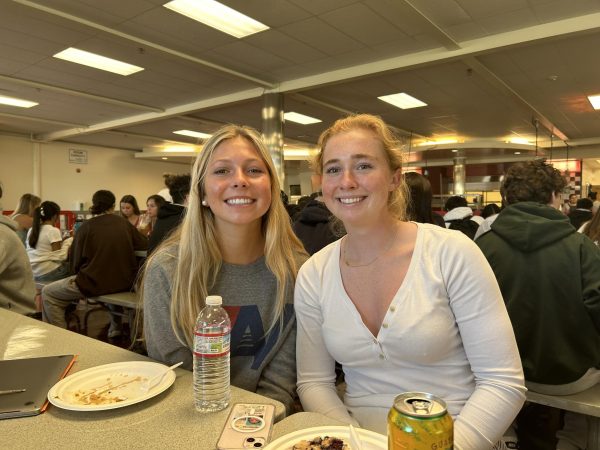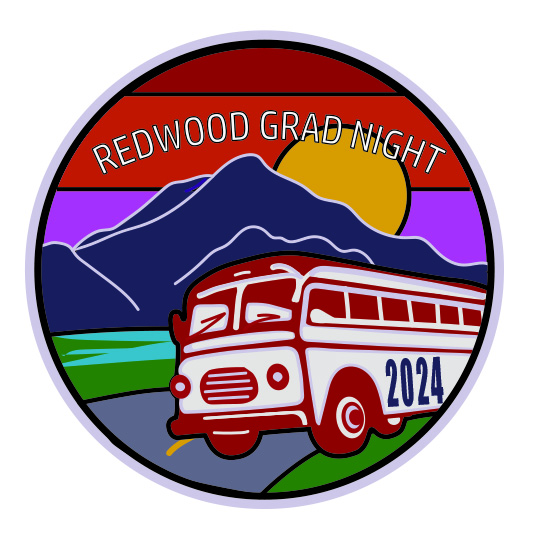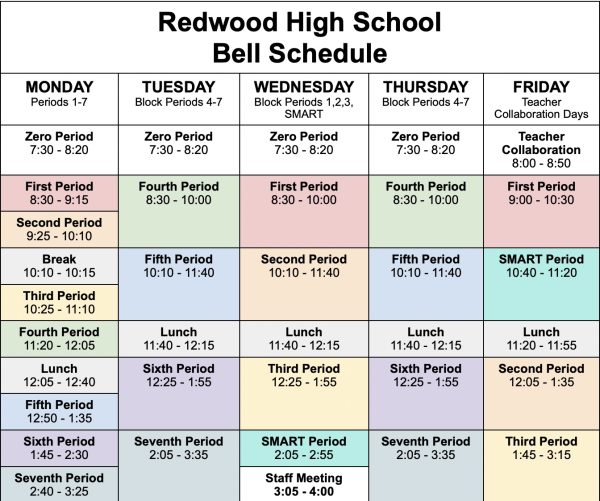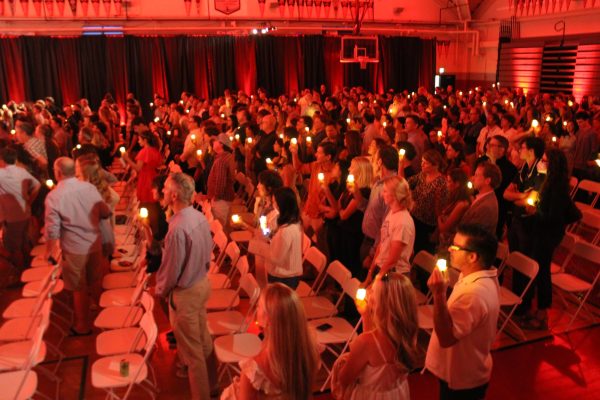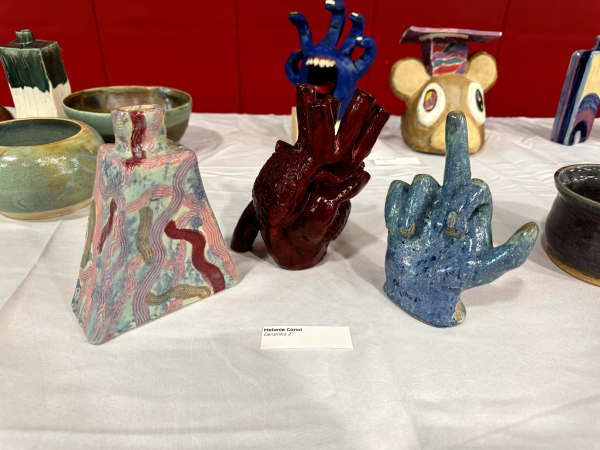50 shades of Mosaics: Marin Museum of Contemporary Art pays homage to iconic rock stars, artists and musicians
November 5, 2019
On Sept. 21, the Marin Museum of Contemporary Art (MOCA) in Novato, California, opened a temporary exhibit called “50 Faces,” which praises a variety of well-known subjects in 50 separate frames. Italian artist Guglielmo Zanette curated the exhibit as part of a year-long project where students in Italy constructed mosaic portraits of various iconic rock stars, artists and musicians, using a variety of unconventional materials.
“We use different techniques: the old, classical mosaic, and many little things like plastic, textiles and seashells,” Zanette said.
For the past three years, Zanette has taught a class of 50 students different techniques and aspects of history that connect to art. Each year, he holds a competition where ten of the students are chosen to create a more detailed project such as the ones featured at the MOCA.
Through various techniques, artists portray elements that the subject may have experienced throughout their life.
“We wanted to show how people have suffered in their life or have enjoyed their life. We wanted to show emotion. Looking into the eyes can communicate something to you,” Zanette said.
Julia Mayne, director of children’s programs and a tour guide at the MOCA, understands that when observing art with a variety of components, it can be difficult to fully appreciate them.
“I encourage people to take time to stop and really look at the art. This way, they can appreciate the materials, composition and the feeling that washes over you,” Mayne said.
Though the mosaic paintings traveled from Italy to be featured at the MOCA, projects like these can influence Redwood culture as well.
Art teacher Lauren Bartone exposes her students to techniques similar to those showcased by the artists from the “50 Faces” exhibit. Aside from the mosaic stage, students can find related projects in the mosaic garden and tables in the quad.
“[Mosaics] have the potential to communicate with a broader range of viewers than just a traditional art form. Take Pompeii, for example; we don’t have the paintings that they used, but the mosaics lasted,” Bartone said.
The “50 Faces” exhibit will continue to show at the MOCA until Nov. 10.

